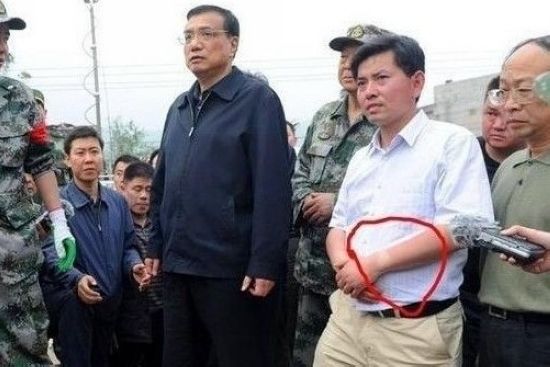Three Taipei hospital staff show symptoms after H7N9 contact
CNA and Staff Reporter, 2013-04-25
Three hospital personnel have developed respiratory symptoms after coming into contact with Taiwan’s first confirmed case of H7N9 avian flu, the country’s Central Epidemic Command Center said Wednesday. All three had taken proper protective measures when providing medical care for the patient, a 53-year-old man who fell ill three days after returning from eastern China’s Jiangsu province, one of the H7N9-affected areas, the center said. A survey of the epidemic situation showed that 139 local people had come into contact with the man, a Taiwanese businessman based in Jiangsu’s Suzhou area, the center said. Three of them had close contact, 26 had contact more than seven days ago — putting them outside the infectious period — and 110 are hospital personnel, the center said. Four of the hospital staff have also passed the infectious period and have not developed symptoms, the center said. A further three of the hospital staff did not take proper protective measures when treating or caring for the patient, but none of them have so far shown any symptoms, the center said, adding that they will be strictly monitored until April 27. The epidemic control center said that all those who have had contact with the patient have been served notice urging them to monitor their own health. They will also be subject to close monitoring until their respective infectious periods expire, the center said, adding that public health officials will help people on the watch list get medical treatment should they develop flu-like symptoms such as fever or coughing. The quasi-official Straits Exchange Foundation said Wednesday it has posted information about the imported H7N9 case in Taiwan on its website and urged the Taiwanese trade association in Suzhou to help push Taiwanese residents in the region to step up epidemic prevention measures and provide them with news updates. China reported the world’s first confirmed H7N9 human infections March 31, and as of April 23, 108 cases had been confirmed there, with 22 deaths. Two of China’s largest cities — Shanghai and Beijing — as well as five Chinese provinces — Jiangsu, Zhejiang, Anhui, Henan and Shandong — have reported confirmed infections. As of 8am Wednesday, Taiwan had reported 129 suspected H7N9 cases, 128 of which have been ruled out as H7N9 infections, said Chou Jih-haw, deputy director-general of the Centers for Disease Control under the Department of Health. The center said it had informed the World Health Organization and China of Taiwan’s first H7N9 case earlier in the day, Chou said. It was also the first H7N9 case outside China.
H7N9 outbreak in Taiwan could derail buoyant stock market
Staff Reporter, 2013-04-25
News of Taiwan’s first confirmed case of H7N9 avian influenza is expected to derail the country’s surging stock market, reports our Chinese-language sister paper China Times. Read more of this post








